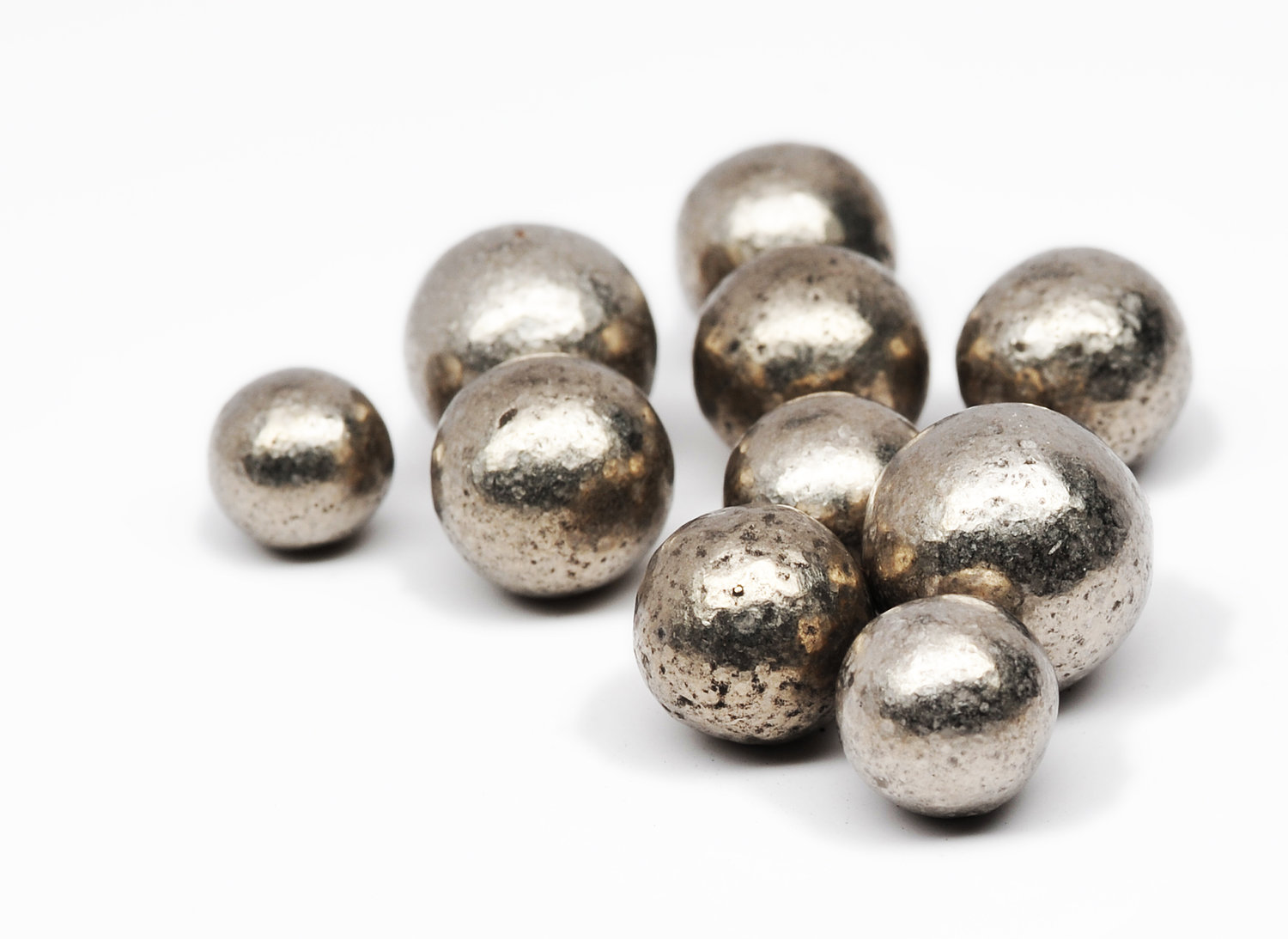
Ever wondered what makes nickel so special? Well, you're about to find out! Nickel, a shiny, silvery metal with some truly fascinating qualities, isn't just another element on the periodic table. It's a superhero in the world of metals, playing a crucial role in our daily lives in ways you might not even realize. From its incredible strength and resistance to corrosion to its pivotal role in the creation of stainless steel, nickel's contributions are everywhere. But wait, there's more! Did you know that nickel is also a key component in batteries and even has a presence in space? Buckle up, because we're about to dive into the 18 best nickel interesting facts that will surely leave you amazed.
Key Takeaways:
- Nickel is a versatile metal used in stainless steel, batteries, and even coins. It's essential for plants but can be harmful to humans in high concentrations, so it's important to handle it with care.
- Did you know that nickel was once thought to be worthless? It's actually a valuable element with unique properties, like resistance to heat and magnetic capabilities.
What is Nickel?
Nickel is a chemical element with the symbol Ni and atomic number 28. It's a silvery-white lustrous metal with a slight golden tinge. Nickel belongs to the transition metals and is hard and ductile. Pure nickel, powdered to maximize its reactive surface area, shows a significant chemical activity, but larger pieces are slow to react with air under standard conditions because an oxide layer forms on the surface and prevents further corrosion (passivation).
-
Nickel was first isolated and classified as a chemical element by Axel Fredrik Cronstedt in 1751. Initially, he thought he had extracted copper but was surprised to find a new metal.
-
This element is primarily found in the Earth's core, which is rich in iron and nickel, making up a large part of the planet's composition.
Uses of Nickel
Nickel has various applications that make it an essential material in many industries.
-
About 68% of global nickel production is used in stainless steel manufacturing. Its resistance to corrosion makes it ideal for this purpose.
-
Nickel is also a key component in rechargeable batteries, including those used in electric vehicles (EVs), contributing to the green energy movement.
-
The metal is used in coinage; several countries have issued currency that includes nickel due to its durability and resistance to corrosion.
-
In addition, nickel finds applications in plating, where it adds a shiny, protective layer to other metals.
Nickel in the Environment
Nickel is not only valuable for its industrial uses but also plays a role in our natural environment.
-
Plants require small amounts of nickel to perform essential functions. It's a component of the enzyme urease, which is necessary for nitrogen metabolism in some plants.
-
However, high concentrations of nickel can be toxic to plants and animals, leading to environmental concerns in areas near nickel mining and processing facilities.
-
Nickel deposits are widely distributed around the world, with major reserves in Indonesia, the Philippines, Russia, and Canada.
Health Effects of Nickel
Exposure to nickel has both beneficial and harmful effects on human health.
-
Nickel is considered a micronutrient for humans, with a daily intake of about 25-35 micrograms considered necessary for good health.
-
On the flip side, prolonged exposure to nickel dust or compounds can lead to health issues, including skin allergies, asthma, and a higher risk of lung and nasal cancers.
-
Occupational exposure in industries that use nickel is a significant concern, leading to stringent safety and handling guidelines.
Interesting Nickel Facts
Nickel's unique properties and history are filled with intriguing tidbits.
-
A nickel coin in the United States contains only 25% nickel, with the rest being copper. This composition has been consistent since 1866.
-
The name "nickel" comes from the German word "kupfernickel," meaning "devil's copper" or "false copper," as miners once believed nickel was a worthless metal that contaminated copper ores.
-
Nickel has a melting point of 1455°C (2651°F) and a boiling point of 2913°C (5275°F), showcasing its high resistance to heat.
-
The world's largest nickel refinery is located in Norilsk, Russia, which is also one of the most polluted places on earth due to its heavy metal emissions.
-
Interestingly, nickel was used in armor plating during World War II, demonstrating its strength and durability.
-
Lastly, nickel's magnetic properties make it valuable in electronics and for magnetic shielding to block unwanted magnetic fields.
Nickel Nuggets: A Final Glance
Nickel's journey from the core of the Earth to our daily lives is nothing short of remarkable. This versatile metal, with its resistance to corrosion and pivotal role in stainless steel production, underscores its importance in modern industry. Beyond its industrial uses, nickel's presence in batteries, especially in the green revolution of electric vehicles, highlights its critical role in sustainable technology. Moreover, its occurrence in meteorites adds a cosmic dimension to its significance, linking our planet to the vast universe. As we've seen, nickel isn't just another element; it's a cornerstone of innovation, pushing the boundaries of what's possible in both technology and sustainability. So, next time you come across anything made of stainless steel or charge an electric vehicle, remember the incredible journey of nickel, from the depths of the Earth to the palm of your hand.
Frequently Asked Questions
Was this page helpful?
Our commitment to delivering trustworthy and engaging content is at the heart of what we do. Each fact on our site is contributed by real users like you, bringing a wealth of diverse insights and information. To ensure the highest standards of accuracy and reliability, our dedicated editors meticulously review each submission. This process guarantees that the facts we share are not only fascinating but also credible. Trust in our commitment to quality and authenticity as you explore and learn with us.


